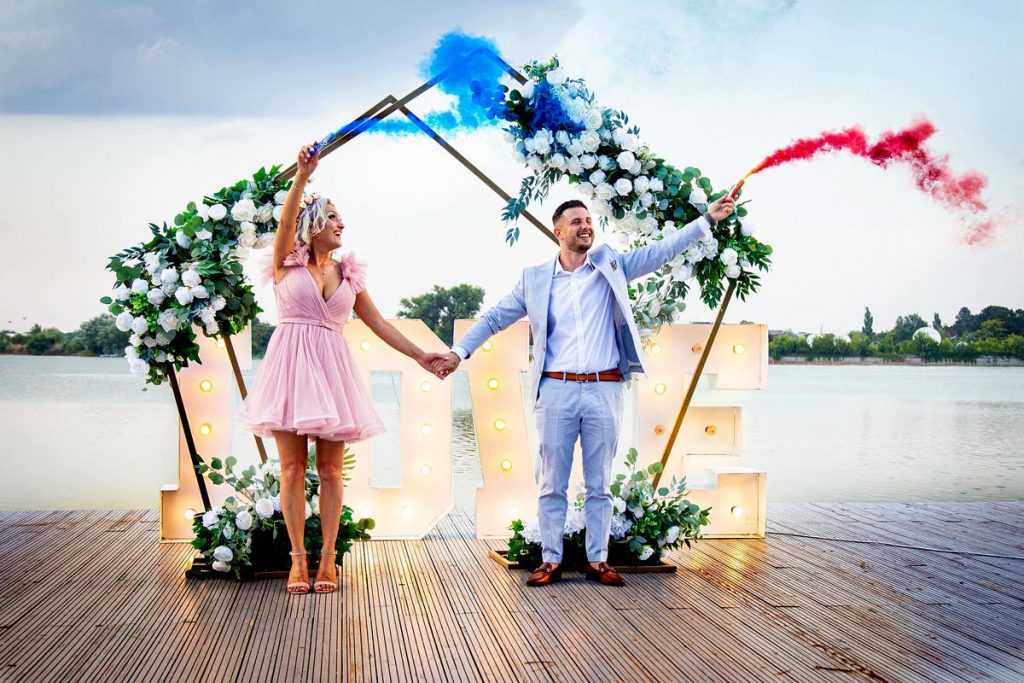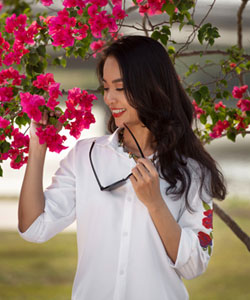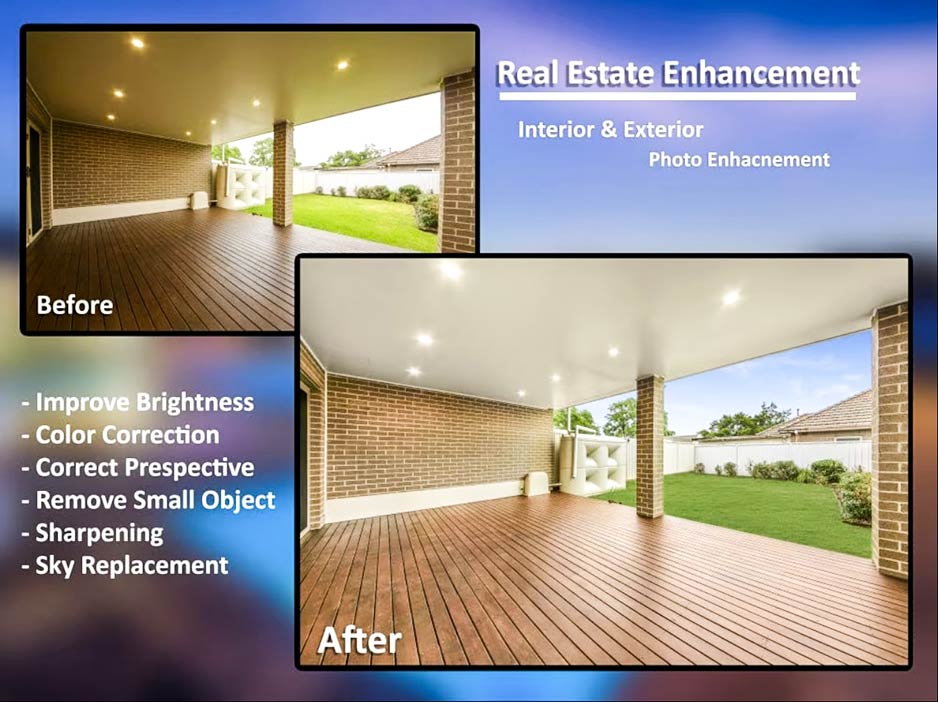
Wedding portraits hold an indelible place in the tapestry of matrimonial memories. They encapsulate not only the beauty of the bride and groom but also the profound emotions and significant moments of the day. For any aspiring wedding portrait photographer, mastering this craft involves a blend of technical skill, artistic vision, and a deep understanding of the couple’s unique story. In this comprehensive guide, we’ll delve into ten straightforward yet essential steps to elevate your wedding portrait photography to professional standards.
Understanding the Essence of Wedding Portraits
Capturing the soul of the moment is the cornerstone of exquisite wedding portrait photography.
Wedding portraits are more than just photographs; they are a visual narrative of love, tradition, and shared moments. They should reflect the couple’s journey and stand as timeless reminders of their special day.
- Importance of capturing emotions: The essence of wedding portraiture lies in the ability to capture raw and genuine emotions. A wedding day is a whirlwind of feelings—joy, love, nervousness, and elation. As a wedding portrait photographer, your goal is to freeze these fleeting moments, creating a visual narrative that tells the couple’s unique love story.
- Reflecting the couple’s journey: Each couple has a distinctive journey that has led them to their wedding day. Wedding portraits should reflect this journey, encapsulating the milestones and memories they cherish. Whether it’s the place they first met or a shared hobby, these elements add depth to the portraits.
- Cultural significance: Weddings are deeply rooted in cultural traditions. Understanding and incorporating these traditions into wedding portraits not only honors the couple’s heritage but also adds a layer of richness and authenticity to the images. This might involve capturing traditional attire, ceremonies, or specific rituals.
- Timelessness of wedding portraits: Unlike other forms of photography, wedding portraits are meant to stand the test of time. They should possess a timeless quality that makes them just as poignant and beautiful decades later. This involves a careful balance of contemporary style and classic elegance.
- Connection with wedding portrait art: Historically, wedding portraiture has been a revered art form. From the Arnolfini Portrait by Jan van Eyck to the Madonna of Chancellor Rolin, these masterpieces have influenced how we perceive and create wedding portraits today. Drawing inspiration from such works can elevate modern wedding photography.
Essential Equipment for Wedding Portrait Photography
Equipping yourself with the right tools is fundamental to achieving high-quality wedding portraits.
From high-resolution cameras to versatile lenses and lighting equipment, having the right gear ensures you can capture every moment with precision and clarity, regardless of the setting.
- High-resolution cameras: Investing in a high-resolution camera is non-negotiable for professional wedding portrait photography. It ensures that every detail, from the intricate lace of the bride’s gown to the groom’s cufflinks, is captured with utmost clarity.
- Variety of lenses: A versatile lens kit is crucial. Wide-angle lenses for group shots, prime lenses for portraits, and telephoto lenses for candid moments from a distance all play a role in capturing the wedding day comprehensively.
- Lighting equipment: Natural light is beautiful, but having a range of lighting equipment can save the day in less-than-ideal conditions. Portable softboxes, external flashes, and continuous lighting setups can help maintain consistent quality in your shots.
- Backup gear: Equipment failure is a nightmare scenario, especially on a wedding day. Always have backup cameras, lenses, and batteries. This ensures that technical glitches don’t disrupt the coverage of this once-in-a-lifetime event.
- Accessories: Tripods, reflectors, etc.: Accessories like tripods, reflectors, and light meters are essential. A tripod stabilizes your camera for crisp shots, while reflectors help manipulate light, highlighting the couple’s features beautifully.
Pre-Wedding Consultation
Establishing a clear understanding with your clients lays the groundwork for a successful shoot.
This involves discussing their expectations, preferred styles, and specific poses, as well as reviewing schedules and locations. Building a rapport with the couple ensures a relaxed and enjoyable photography experience.
- Understanding client expectations: The pre-wedding consultation is your opportunity to understand what the couple envisions for their wedding portraits. Discuss their preferences, desired styles, and any specific shots they have in mind.
- Discussing preferred styles and poses: Every couple is unique, and their wedding portraits should reflect that. Discuss different styles and poses—whether they prefer classic, candid, or contemporary shots. This helps in planning and avoiding any surprises on the wedding day.
- Reviewing previous wedding portraits: Showing examples of your previous work can help the couple articulate their preferences. It also builds confidence in your skills and helps them visualize the final outcome.
- Confirming schedules and locations: Finalize the schedule and locations for the wedding day. Knowing the timeline and settings in advance allows you to plan your shots and equipment needs effectively.
- Building rapport with the couple: Building a good rapport with the couple is crucial. It helps them feel comfortable and relaxed in front of the camera, resulting in more natural and genuine portraits.
Choosing the Perfect Locations
The choice of location significantly influences the overall aesthetic of wedding portraits.
Whether opting for picturesque outdoor settings or elegant indoor venues, selecting meaningful and visually appealing locations adds depth and context to the portraits.
- Significance of location in wedding portraits: The location of wedding portraits can significantly impact their overall feel and aesthetic. Locations imbued with personal significance or natural beauty can elevate the emotional resonance of the photos.
- Popular wedding portrait locations: Popular choices include picturesque gardens, historic buildings, serene beaches, and urban landscapes. Each offers unique backdrops that can complement the couple’s style and story.
- Indoor vs. outdoor settings: Indoor settings, such as grand ballrooms or cozy libraries, offer controlled lighting and weather-proof environments. Outdoor settings provide natural light and expansive backgrounds but come with the unpredictability of weather.
- Incorporating meaningful places: Incorporating places that hold sentimental value to the couple, like the spot of their first date or proposal location, adds a deeply personal touch to the wedding portraits.
- Location scouting tips: Scout locations beforehand to identify the best spots, understand the lighting conditions, and plan logistics. This proactive approach ensures smoother execution on the wedding day.
Lighting Techniques for Stunning Wedding Portraits
Mastering lighting is crucial for creating visually stunning and emotive wedding portraits.
Balancing natural and artificial light, utilizing reflectors and diffusers, and taking advantage of golden hour can enhance the mood and quality of your images.
- Natural vs. artificial lighting: Both natural and artificial lighting have their merits. Natural light is soft and flattering, perfect for daytime shoots. Artificial lighting offers control and consistency, essential for evening and indoor portraits.
- Golden hour photography: The golden hour, the period shortly after sunrise or before sunset, offers warm and soft lighting. It’s ideal for creating dreamy and ethereal wedding portraits with a natural glow.
- Using reflectors and diffusers: Reflectors bounce light onto the subject, reducing shadows and enhancing features. Diffusers soften harsh light, preventing unflattering highlights and creating a more even illumination.
- Balancing light and shadow: Mastering the balance between light and shadow is key. Properly lit portraits with controlled shadows add depth and dimension, enhancing the overall composition and mood.
- Post-processing lighting adjustments: Post-processing allows you to fine-tune the lighting in your images. Adjust exposure, contrast, and highlights to achieve the desired look and feel, ensuring that each portrait is polished to perfection.
Mastering Wedding Portrait Poses
Effective posing techniques can transform wedding portraits into works of art.
From classic and timeless poses to candid moments and individual portraits, guiding the couple and their guests helps capture the best angles and expressions.
- Classic and timeless poses: Classic poses, such as the bride and groom looking into each other’s eyes or holding hands, never go out of style. They exude elegance and romance, making them essential for any wedding portrait collection.
- Candid moments and natural expressions: Candid shots capture the spontaneous and genuine moments of the day. Laughter, whispers, and fleeting glances all tell a story, adding authenticity to the portraits.
- Posing the couple together: Posing the couple together involves more than just placing them side by side. Encourage them to interact naturally, hold each other, or share a kiss. These poses highlight their connection and love.
- Individual groom and bride portraits: Individual portraits of the bride and groom allow for a focus on their personal style and emotions. Capture the bride’s elegance in her gown and the groom’s charm in his attire.
- Group and family portraits: Group portraits with family and friends are a must. Organize these shots efficiently to include all important guests while maintaining a relaxed and enjoyable atmosphere.
Incorporating Cultural and Artistic Elements
Integrating cultural traditions and artistic influences enriches wedding portraits.
Drawing inspiration from historical artworks and adding personal touches ensures that each portrait is unique and meaningful.
- Integrating cultural traditions: Honor the couple’s cultural heritage by incorporating traditional elements into the portraits. This could be traditional attire, symbolic gestures, or culturally significant locations.
- Artistic inspiration from famous wedding portraits: Draw inspiration from renowned wedding portraits in art history. For instance, the Arnolfini Portrait by Jan van Eyck offers a wealth of compositional techniques and symbolism.
- Using historical art techniques: Experiment with historical art techniques, such as chiaroscuro (the use of strong contrasts between light and dark) to add drama and depth to your portraits.
- Adding personal touches: Personalize the portraits by including items that are meaningful to the couple, like a family heirloom or a beloved pet. These touches make the images uniquely theirs.
- Creative ideas for unique wedding portraits: Think outside the box for creative wedding portraits. Use unconventional angles, incorporate interesting props, or play with reflections and shadows to create one-of-a-kind images.
Post-Processing and Editing Techniques
Post-processing is where good photos become great.
Using advanced editing tools to retouch and enhance details, adjust colors and tones, and create digital paintings can significantly elevate the final images.
- Essential editing tools and software: Familiarize yourself with essential editing tools and software like Adobe Photoshop and Lightroom. These programs offer powerful features for enhancing and perfecting your images.
- Retouching and enhancing details: Retouching involves refining the details in your portraits. Smooth skin tones, enhance eye brightness, and remove any distractions to ensure the couple looks their best.
- Adjusting colors and tones: Color correction and tone adjustments can dramatically improve the mood and atmosphere of your portraits. Experiment with different styles, from vibrant and saturated to soft and pastel.
- Creating wedding portrait paintings: Transform your photos into digital paintings for a unique touch. This artistic approach can make the portraits resemble classic oil or watercolor paintings, adding a timeless quality.
- Finalizing and delivering high-quality images: Ensure that your final images are of the highest quality. Export them in appropriate formats and resolutions for various uses, from prints to digital sharing, and deliver them in a beautifully presented package.
Framing and Displaying Wedding Portraits
How wedding portraits are framed and displayed is as important as the photos themselves.
Choosing the right frames, exploring creative display options, and ensuring high print quality ensures that the portraits are showcased beautifully in any setting.
- Choosing the right frames: The right frame can enhance the beauty of a wedding portrait. Choose frames that complement the style of the photo and the couple’s home décor.
- Creative display ideas: Think beyond traditional wall frames. Consider canvas prints, photo books, or gallery walls to display wedding portraits in creative and visually appealing ways.
- Importance of print quality: High-quality prints are essential for preserving the integrity of the portraits. Choose professional printing services that use archival-quality paper and inks to ensure longevity.
- Canvas vs. traditional prints: Both canvas and traditional prints have their advantages. Canvas prints offer a textured, artistic look, while traditional prints provide sharp detail and vibrant colors.
- Incorporating wedding portraits in home décor: Help your clients envision how to incorporate their wedding portraits into their home décor. Suggest placement ideas, like above the fireplace or in a dedicated gallery wall, to keep their memories prominently displayed.
Building a Professional Wedding Portrait Photography Portfolio
A well-curated portfolio is a powerful tool for attracting new clients.
Selecting and organizing your best works, showcasing diverse styles, and effectively marketing your portfolio helps establish your reputation as a skilled wedding portrait photographer.
- Selecting the best works: Your portfolio should showcase your best work. Select images that demonstrate your skills, creativity, and versatility as a wedding portrait photographer.
- Organizing the portfolio: Organize your portfolio in a cohesive and visually appealing manner. Group similar styles and themes together to create a seamless flow that tells a story.
- Showcasing diverse styles: Display a variety of styles, from classic and formal to candid and creative. This shows potential clients that you can cater to different preferences and occasions.
- Online vs. physical portfolios: Maintain both online and physical portfolios. An online portfolio is easily accessible and shareable, while a physical portfolio provides a tangible experience for in-person meetings.
- Marketing and promoting the portfolio: Actively market and promote your portfolio. Use social media, wedding fairs, and networking events to showcase your work and attract potential clients. Your portfolio is your most powerful tool in demonstrating your expertise and style.
Conclusion
Mastering wedding portrait photography requires a blend of technical expertise, artistic flair, and an intimate understanding of the couple’s story. By following these ten simple steps, you can create stunning, timeless wedding portraits that couples will treasure for a lifetime. Whether you’re just starting or looking to refine your skills, this guide provides the foundation for shooting like a pro and capturing the essence of one of life’s most significant moments.
“The Ultimate Guide to Hire Professional Photo Editor”
How We Helped an E-commerce Brand Increase Sales by 35% with Professional Retouching
When it comes to e-commerce, first impressions are crucial. A shopper’s decision to click “Add…
How to Use Ghost Mannequin Photography to Showcase Your Apparel Products
Empowering Success TogetherHow to Use Ghost Mannequin Photography to Showcase Your Apparel ProductsWe provide comprehensive…
Spring Fashion 2025: The Hottest Colors to Wear
Empowering Success TogetherSpring Fashion 2025: The Hottest Colors to WearWe provide comprehensive solutions and support…
Real Estate Photo Remote Editing: The Ultimate Guide to Enhancing Property Images
Empowering Success TogetherReal Estate Photo Remote Editing: The Ultimate Guide to Enhancing Property ImagesWe provide…
DIY vs Professional Ecommerce Photo Editing: Which is Right for You?
Empowering Success TogetherDIY vs. Professional Ecommerce Photo Editing: Which is Right for You?We provide comprehensive…
The Best Impact of White Backgrounds on Ecommerce Product Photography
Empowering Success TogetherThe Best Impact of White Backgrounds on Ecommerce Product PhotographyWe provide comprehensive solutions…






